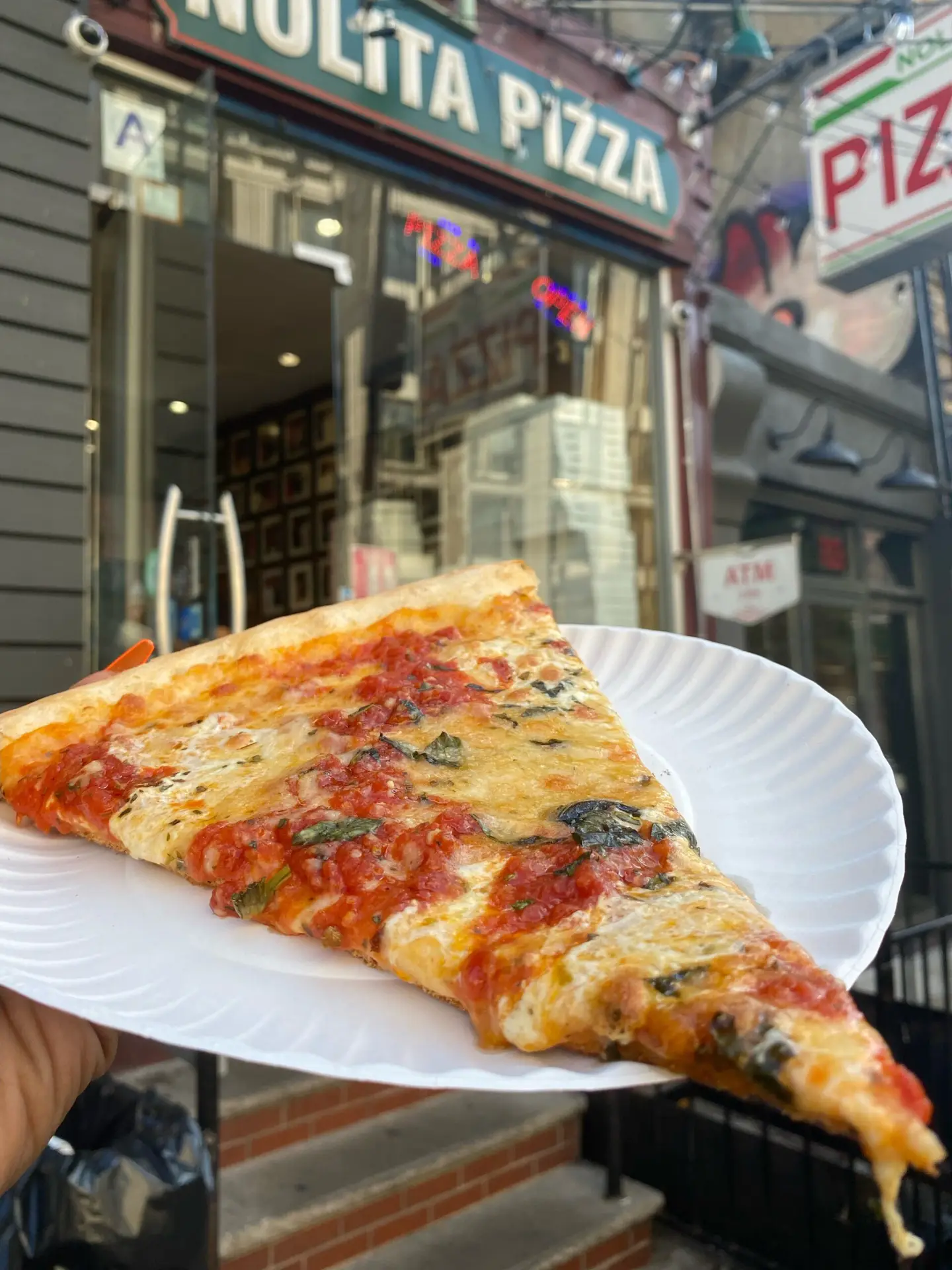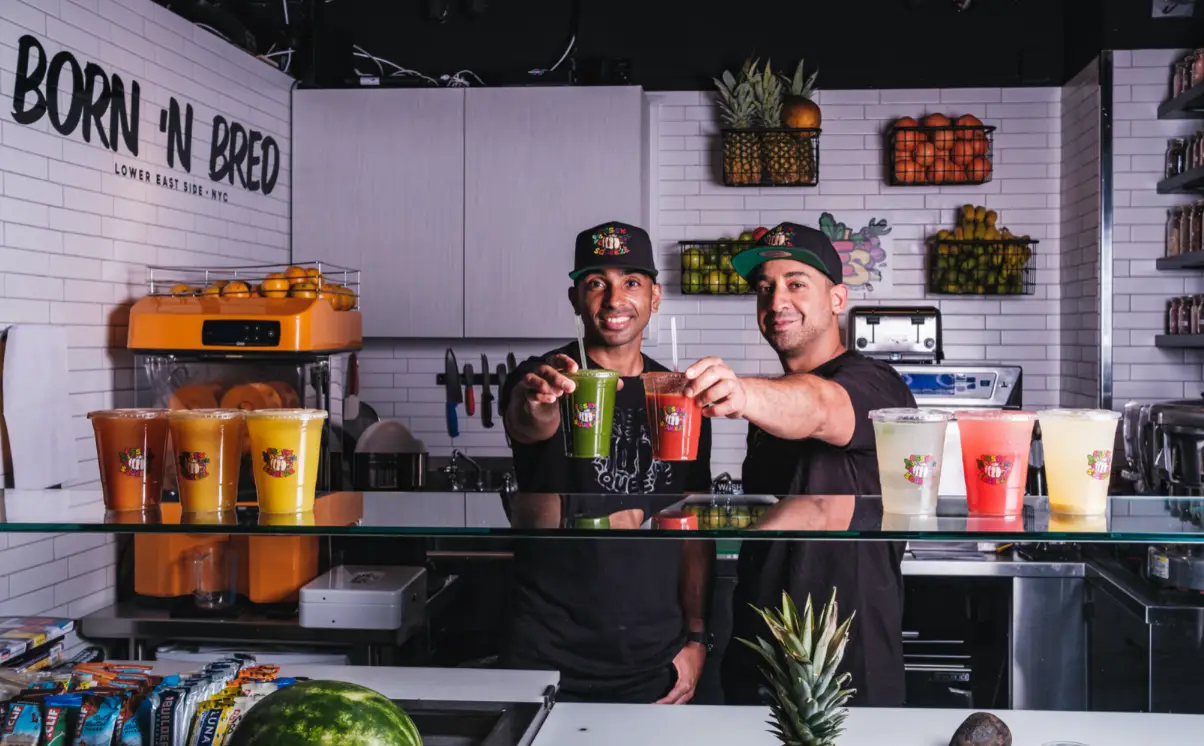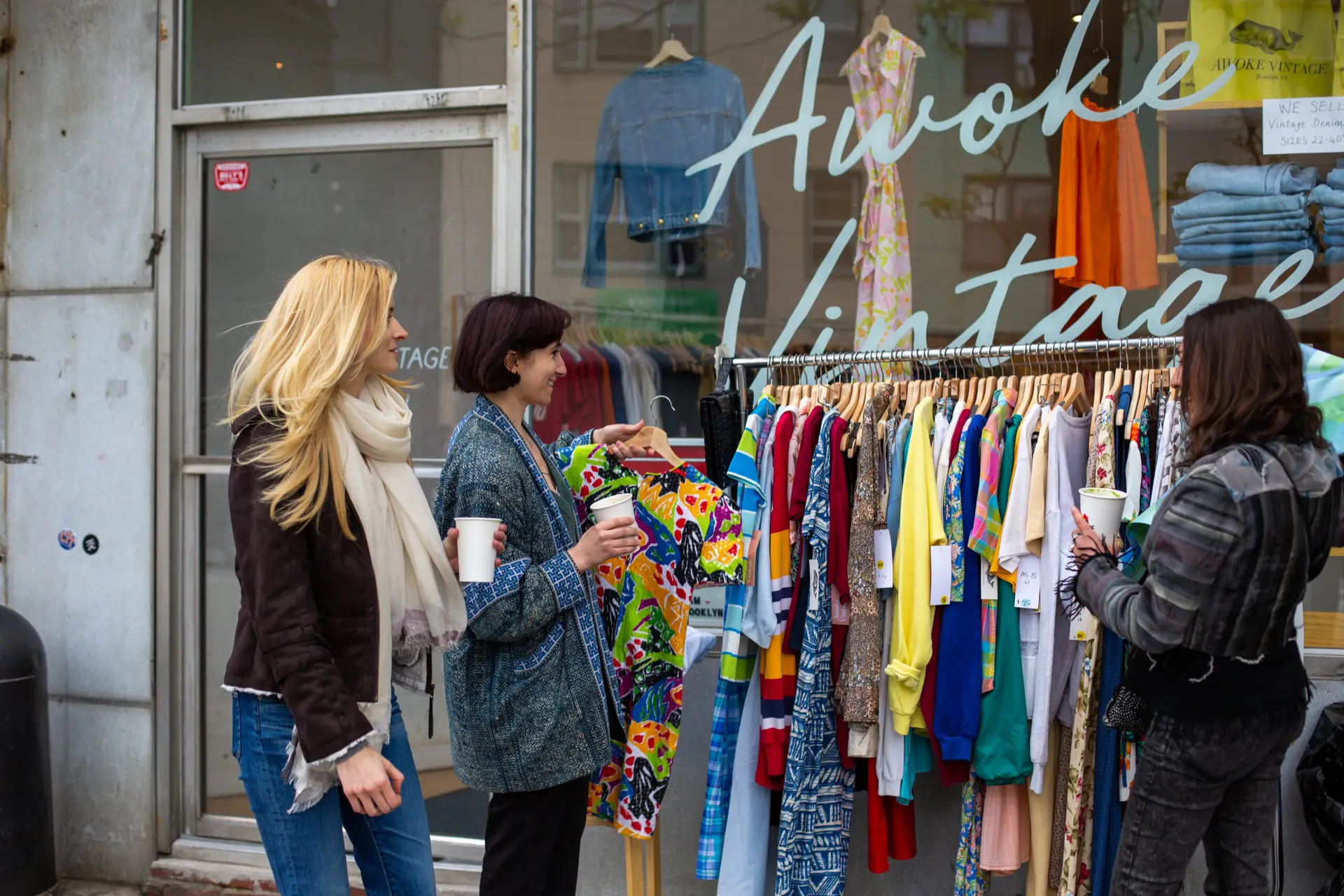The story of immigration and migration in the United States is one that can be told through the history of New York City. Our Lower East Side Food Tour tells all and fills your tummy all while meeting the people that make NYC what it is!
Most immigrants who came to New York City in the late 19th and early 20th centuries came to the Lower East Side, moving into crowded tenements there. By the 1840s, large numbers of German immigrants settled in the area, and much of the area became known as “Little Germany.” The Germans were followed by large numbers of Italians and Eastern European Jews, as well as Greeks, Hungarians, Poles, Romanians, Russians, Slovaks and Ukrainians. Each group settled in relatively homogeneous enclaves. By 1920, the Jewish neighborhood was one of the largest of these ethnic groupings, with 400,000 people, pushcart vendors prominent on Orchard and Grand Streets, and numerous Yiddish theaters along Second Avenue between Houston and 14th Streets.
By the turn of the twentieth century, the neighborhood had become closely associated with radical politics, such as anarchism, socialism and communism, and was also known as a place where many popular performers had grown up, such as the Marx Brothers, Eddie Cantor and George and Ira Gershwin. Later, more radical artists such as the Beat poets and writers were drawn to the neighborhood – especially the parts which later became the East Village – by the inexpensive housing and cheap food.
The German population decreased in the early twentieth century as a result of anti-German sentiment prompted by World War I. After World War II, the Lower East Side became New York City’s first racially integrated neighborhood with the influx of African Americans and Puerto Ricans. Areas where Spanish speaking was predominant began to be called Loisaida.
By the 1960s, the influence of the Jewish and eastern European groups declined as many of these residents had left the area, while other ethnic groups had coalesced into separate neighborhood, such as Little Italy. This coupled with the growth in the East Village, which was once considered a part of the Lower East Side but was now making a name as it’s own separate neighborhood led to a period of decline. The Lower East Side then experienced a period of “persistent poverty, crime, drugs, and abandoned housing.”
In the 1980s a stabilization came to the area by way of students, artists, and a new wave of immigrants. By the 2000s a new wave of gentrification made it’ way to the Lower East Side proper, making it one of Manhattan’s trendiest neighborhoods. Boutiques moved in, new restaurants popped up and a buzz could be felt in the neighborhood once again. Even with the new influx of people though, the neighborhood has never lost it’s immigrant roots and it’s unique feel.
Read on to discover the places we go, the foods we eat, and where they came from:
North Dumpling (Chinatown):
History of the dumpling (from history.com): From Italian ravioli, to Polish piroshky, to Chinese pot stickers, the humble dumpling is beloved by eaters around the world. Truly a universal food, you’d be hard pressed to find a cultural cuisine that doesn’t include dumplings in some form, be it stuffed or boiled. Ghanaians make fufu from pounded cassava flour, while Nepali diners enjoy momo and Brazilians eat empanadas. Dumplings are also an ancient food. Recipes for them appear in Roman texts, and it’s certain that Chinese dumplings are even older. This week Hungry History tackles the extensive, international and delicious history of the dumpling.
Just like bread, dumplings probably arose independently in several cuisines. And in all likelihood they were invented as a way to stretch a small amount of meat to feed more people. A pound of pork or beef might not be enough for a family of four, but mix it with some cabbage and onions and wrap it in dough and it’s a perfectly sufficient meal.
Kossar’s Bialys:
Kossar’s Bialys (Kossar’s Bialystoker Kuchen Bakery) located at 367 Grand Street (and Essex Street), on the Lower East Side in Manhattan, New York City, is the oldest bialy bakery in the United States. The bialy gets its name from the “Bialystoker Kuchen” of Białystok, Poland (at the time under Russian occupation). Russian Jewish bakers who arrived in New York City in the late 19th century and early 20th century made an industry out of their recipe for the mainstay bread rolls baked in every household.
The Pickle Guys:
History of the pickle (From PBS.org) – Kosher dills have a unique history of their own. In The Book of Jewish Food, Claudia Roden explains that pickled vegetables were a dietary staple for Jews living in the Ukraine, Poland, Lithuania and Russia. The sharp flavor of pickles proved a welcome addition to the bland bread-and-potato diet of these cold weather countries. For several generations, it was an autumn custom for Ashkenazim to fill barrels with cucumbers, beets and shredded cabbage. The mixture was left to ferment in a warm place for several weeks, then relocated to cool, dark cellars. The pickles would last through the long cold winter until spring, when new crops of fresh produce were available.
When a heavy influx of eastern European Jews arrived in New York City during the late 1800s and early 1900s, immigrants introduced kosher dill pickles to America. Cucumbers were washed, then piled in large wooden barrels along with dill, garlic, spices, kosher salt and clean water. They were left to ferment for a few weeks to several months; shorter fermenting time produced brighter green “half sours,” while longer fermentation resulted in “full sours.” Pickles were sold on pushcarts in the immigrant tenement district of New York City. Over time, Jewish-owned shops selling pickles straight out of the barrel began appearing in droves. Eventually, pickling became a profitable business within the Jewish community. Today, a plate of pickles is usually served complimentary with a meal at the best Jewish delis.
Really interesting here! Read the entire article here.
Yonah Schimmel:
Yonah Schimmel’s Knish Bakery is a bakery and restaurant, located at 137 East Houston Street (between First Avenue and Second Avenue), in the Lower East Side, Manhattan, that has been selling knishes on the Lower East Side since 1890 from its original location on Houston Street. Yonah Schimmel was a Romanian immigrant who sold his wife’s knishes in Coney Island in the 1890s.
Today, they still make a wonderful assortment of round knishes. Our favorites are sweet potato, jalapeno and they also have a sweet / savory blueberry cheese and chocolate cheese. This iconic spot serves other New York classics like the egg cream, kugels, and latkes. A dumbwaiter, one of the oldest left in the city, brings up freshly baked goods from the basement. Original tin ceiling also!
History of the knish – A knish is a Jewish Central and Eastern European snack food consisting of a filling covered with dough that is either baked, grilled, or deep fried. In most Central and Eastern European traditional versions, the filling is made entirely of mashed potato, ground meat, sauerkraut, onions, kasha (buckwheat groats), or cheese. Other varieties of fillings include sweet potatoes, black beans, fruit, broccoli, tofu, or spinach. Knishes may be round, rectangular, or square. They may be entirely covered in dough or some of the filling may peek out of the top. Sizes range from those that can be eaten in a single bite hors d’oeuvre to sandwich-sized.
As we make our way through the Lower East Side we tip toe into Little Italy in an area known as NoLita (North of Little Italy). Here you get to savor a few more delicious tastes!
Nolita Pizza:
While Nolita Pizza might not have been around since the early Italian immigrants, the owners are no strangers to what makes an excellent NYC slice of pie. Tony Salihaj, one of the owners, was once a part of the famous Bleeker Street Pizza in the West Village. Now a little further East, Tony’s years of experience has helped him perfect the recipes to make Nolita Pizza. This venture brings you exquisite authentic Italian culinary experience right to your table. In fact, our guide Justin says Nolita Pizza is his favorite in the city! That’s quite the accolade.
Ferrera Bakery:
Opened in the 1890s as a cafe to enjoy a card game and a cup or two of espresso, and come together with friends. The cafe was established as a family venture between Enrico Scoppa and Anthony Ferrera, and has stayed within the family lines every since. The cafe really became the baking hub it is today through the Great Depression of the 1920s and 30s. With a need to keep costs low and revenue high, the family carved out a name for themselves as a staple for fresh baked goods. Now run by the 5th generation of the family, it is still a delectable experience to taste one of their many famed treats!











